How to Install Power BI: A step-by-step guide
Introduction
Power BI is a powerful business analytics tool by Microsoft that allows users to visualise data, share insights, and make data-driven decisions.
Whether you’re new to Power BI or need a refresher on how to get started, this guide will walk you through the installation process and provide tips for getting the most out of Power BI Desktop.
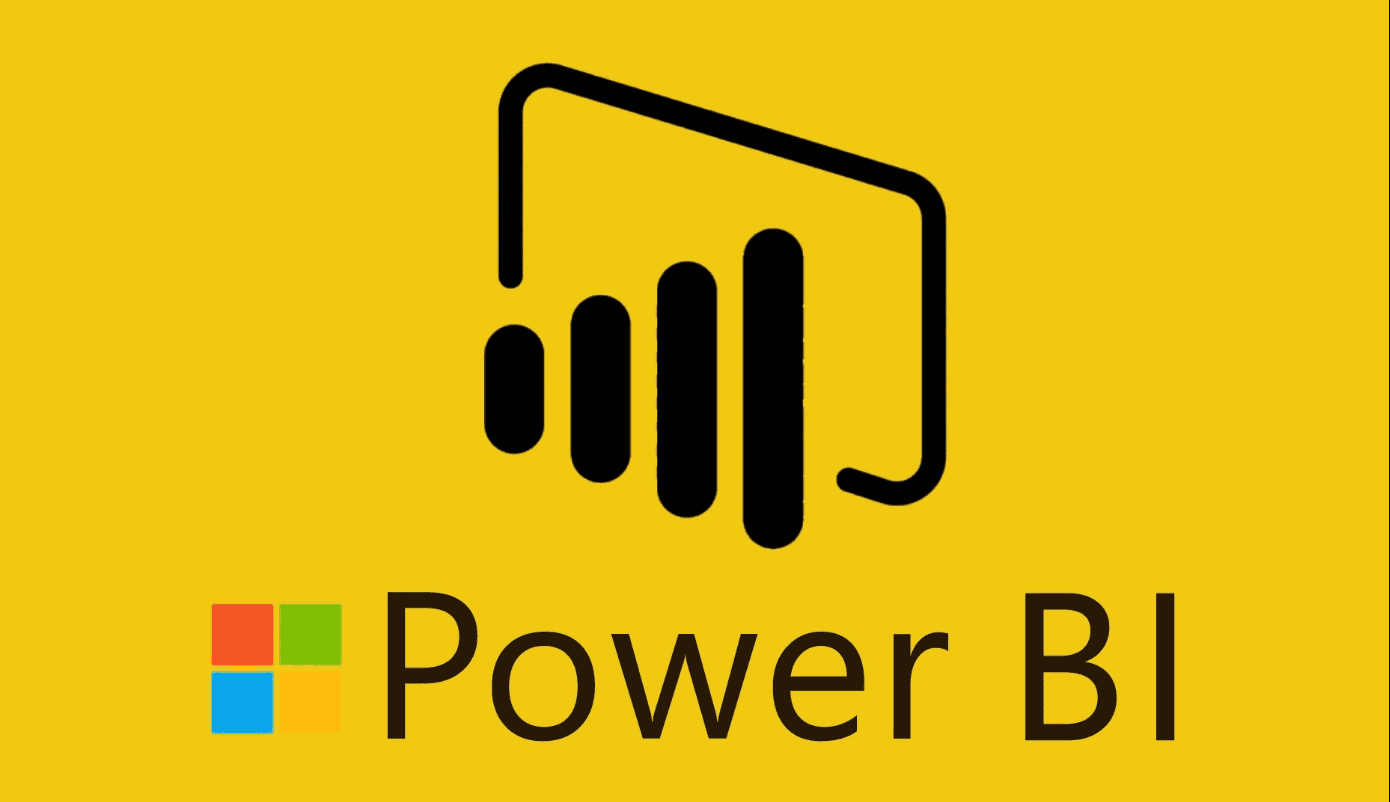
After learning how to install Power BI, you might want to check out these next lessons on:
- How to transform data using Power Query: A beginner’s guide.
- How to prepare data for Power BI dashboard using Excel dataset: A beginner’s guide
- How to create a Corporate Expenditure Power BI dashboard.
Installing Microsoft Power BI Desktop
Power BI Desktop is available as a free download. You can install it using two main methods:
- Microsoft Store: Install it directly as an app from the Microsoft Store.
- Executable Download: Download the installation file and install it on your computer.
Installing Power BI Desktop from the Microsoft store
- Open your web browser (e.g. google chrome) and navigate to the Microsoft Store, or simply search for ‘Microsoft Store’ using your preferred search engine.
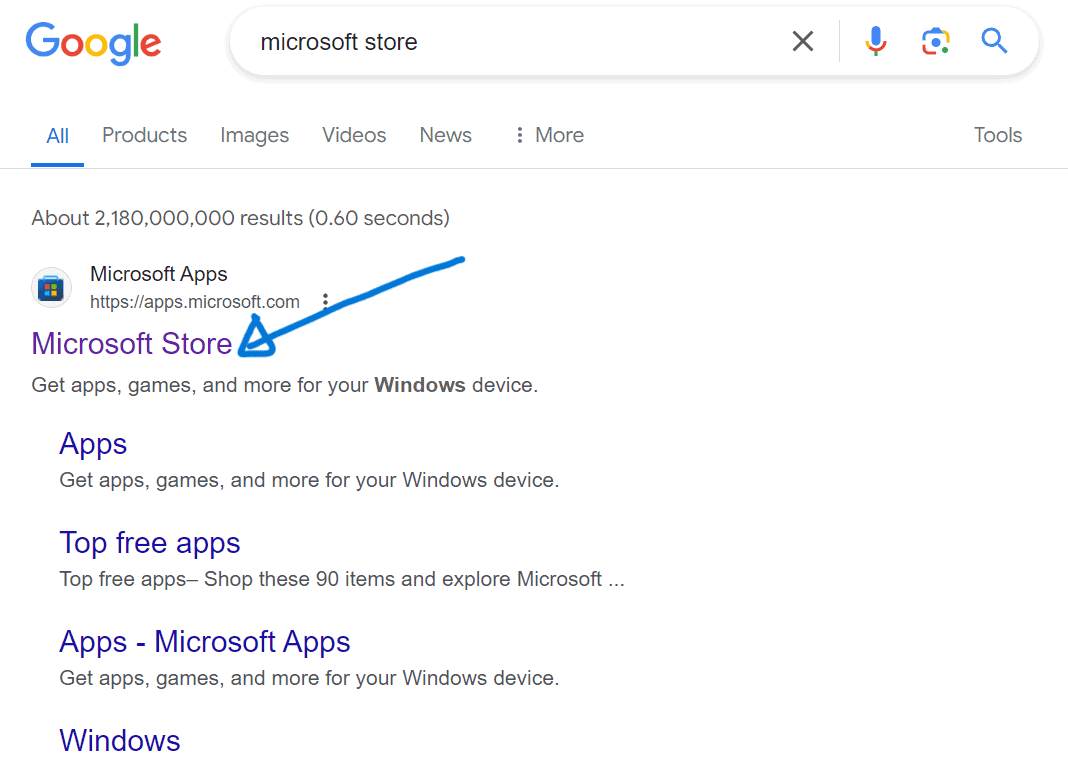
2. Once in the Microsoft Store, use the search bar at the top to find ‘Power BI Desktop.’
3. Click on ‘Power BI Desktop’ from the search results.
4. Click the ‘Get’ button to begin the download and installation process as shown below.
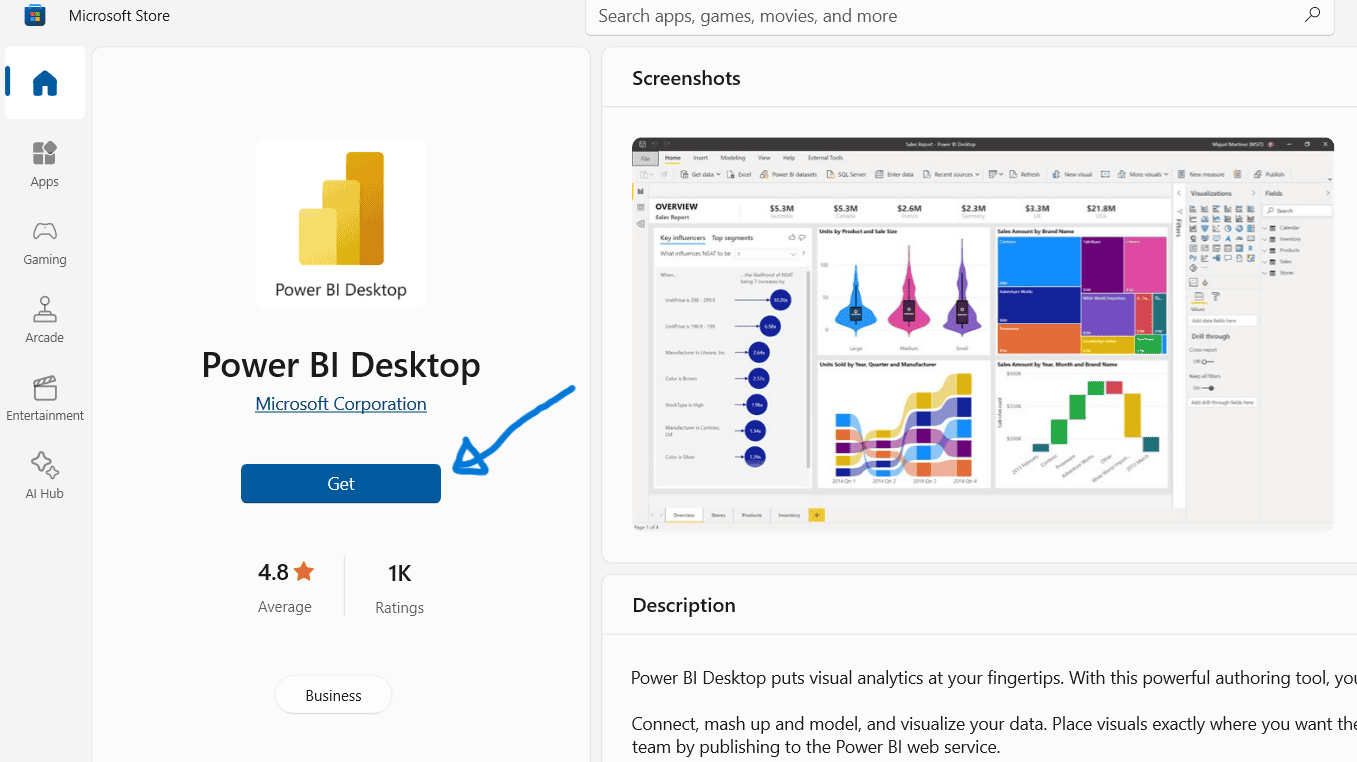
Downloading Power BI Desktop directly to your computer
- Visit the Microsoft Download Center using this link.
- Click ‘Download’ as shown below.

- Select either the 32-bit or 64-bit version based on your system requirements.
- Click ‘Next’ and follow the on-screen instructions to complete the download.
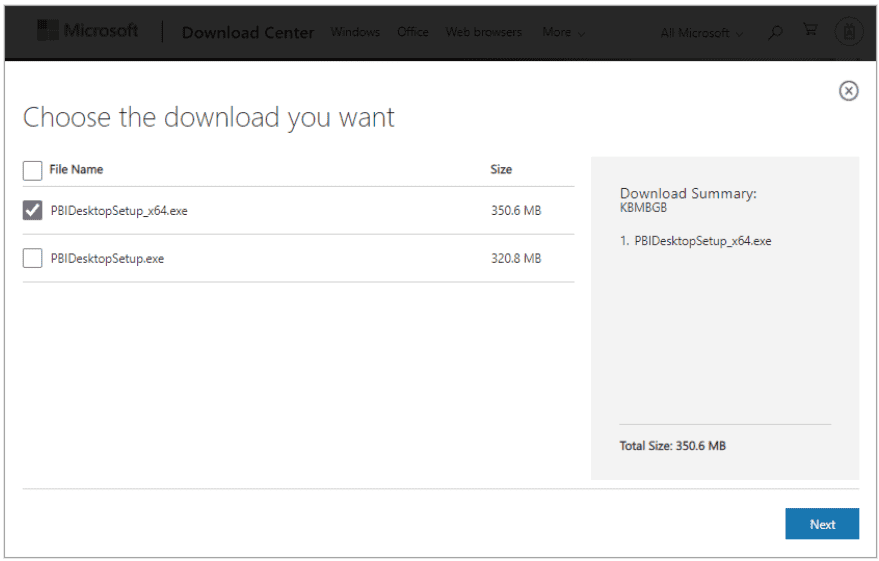
Installing Power BI Desktop after download
- Once the download is complete, run the installation file from your browser or downloads folder.
- Follow the installation prompts by clicking ‘Next’ and accept the terms and conditions.
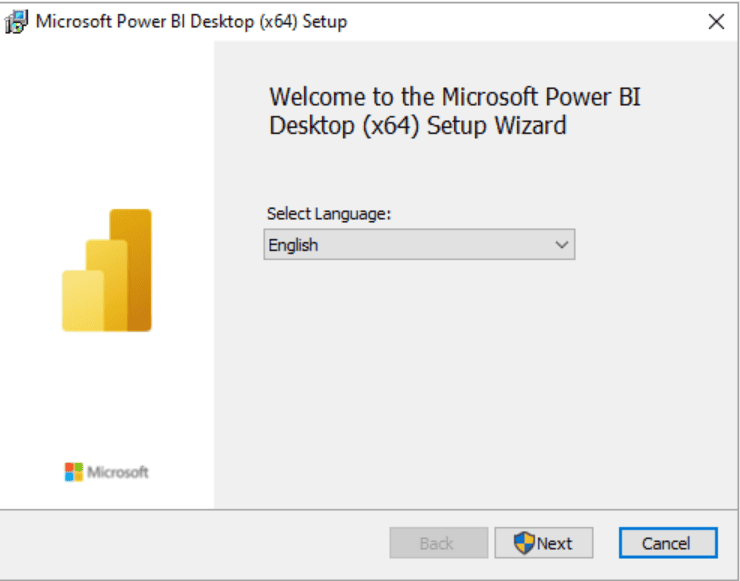
Complete the installation process and launch Power BI Desktop.
Launching Power BI Desktop
- After installation, launch Power BI Desktop from your Start menu or desktop shortcut.
- A welcome screen will appear. If this is your first time using Power BI, you might be prompted to sign in (using a work account or Microsoft account) or complete a registration form.
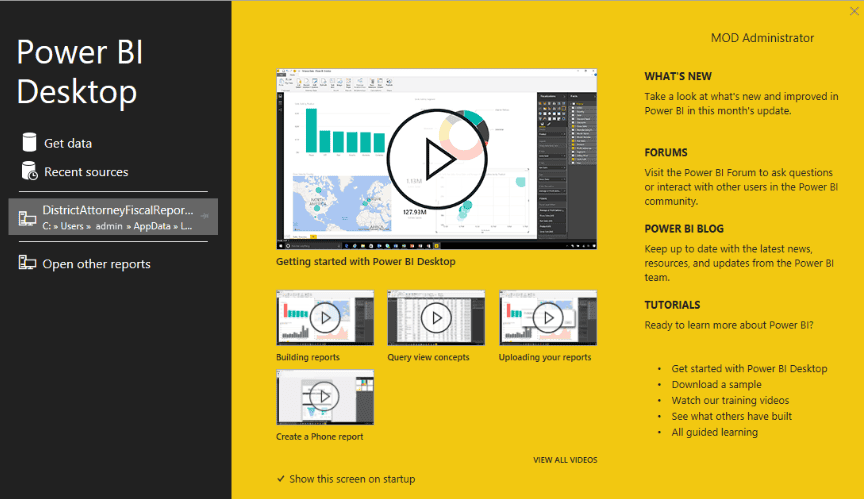
Getting started with Power BI Desktop
- From the welcome screen, you can select options to Get Data, see Recent Sources, open recent reports, or explore additional links.
- To proceed, you can close the welcome screen by clicking the close icon in the top-right corner.
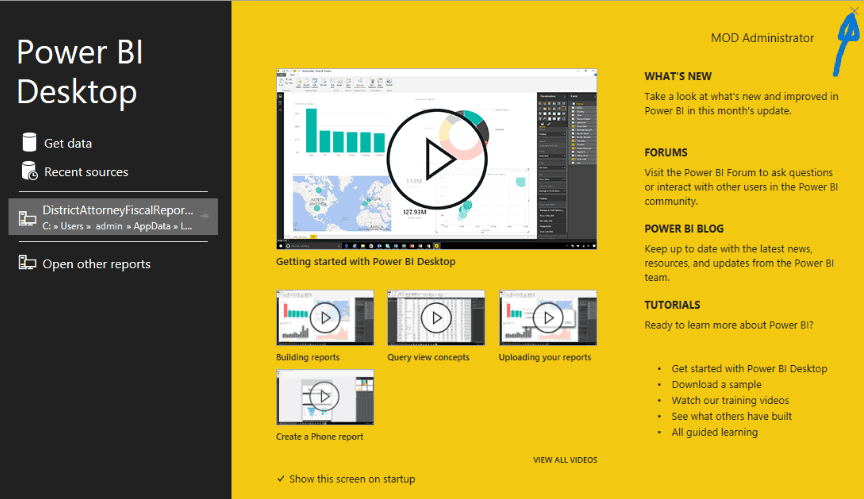
Understanding Power BI Desktop views
- Power BI Desktop features three main views: Report, Data, and Model which are all accessible via icons on the left side of the screen.
- Use keyboard shortcut Ctrl + F6 to navigate these views.

- The default view is the Report view, where you can create and customise visual reports.
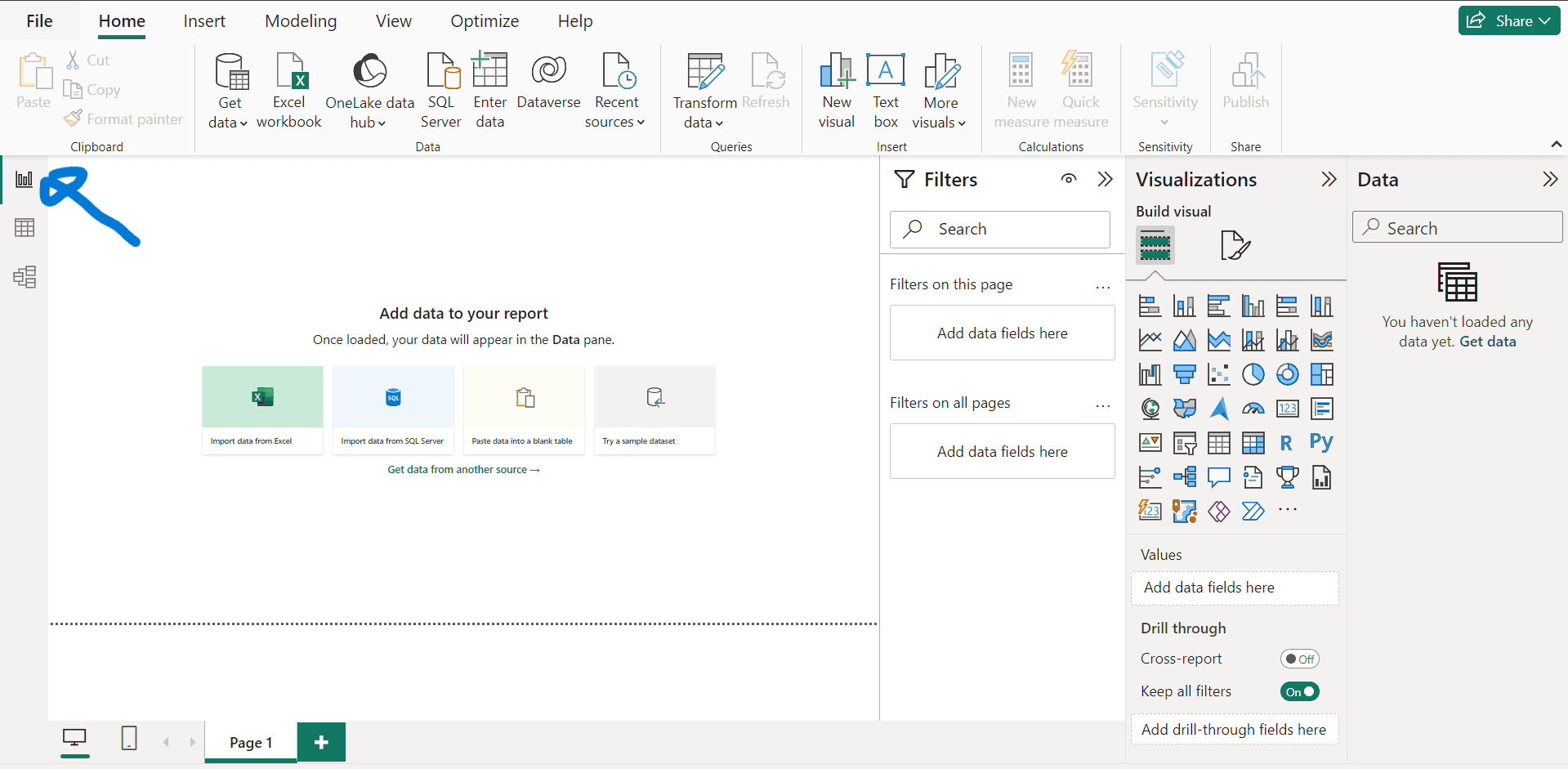
When we get ready to load data into Power BI Desktop we will make use of the Power Query Editor. This will usually open in a separate window for advanced data transformations.
Getting data for Power BI
You can import data from many sources into Power BI. Please note that in most cases, the imported data would have to be in a tabular format to enable efficient processing by Power BI.
- To import data, go to the Home tab or menu and select ‘Get Data’.
- Choose ‘More’ at the bottom of the drop-down list to explore various data sources.
- Scroll through the available data sources in the Get Data window to select the desired one as shown below.

Connecting to Web data for dashboards and reports
For a start, lets see how data can be imported from web sources. Alternatively, you might want to see the lesson that deals with this concept in more detail by following this link.
- To connect to a web data source, go to the Home tab and select ‘Get Data’.
- Choose the ‘Web’ option.
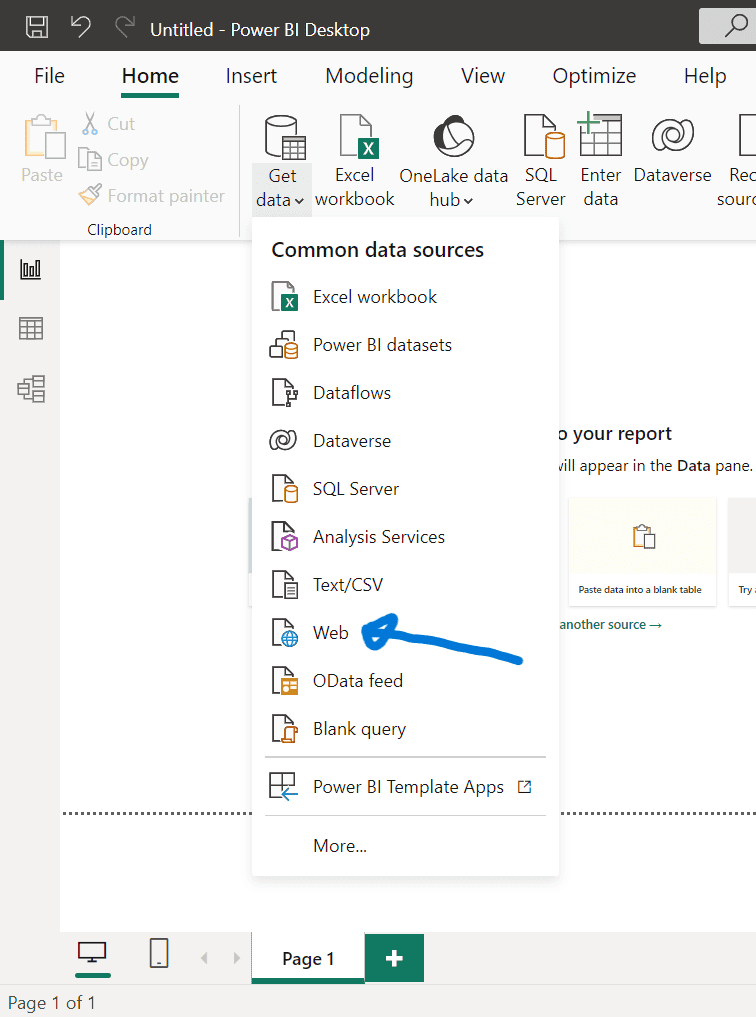
- In the From Web dialog box, paste the desired URL as shown below. Please ensure that the website page you choose has the desired data in a tabular format.
- Click ‘OK’ to proceed.

Loading and transforming data
- On the Access Web Content screen, select ‘Connect’ to enable anonymous access if prompted.
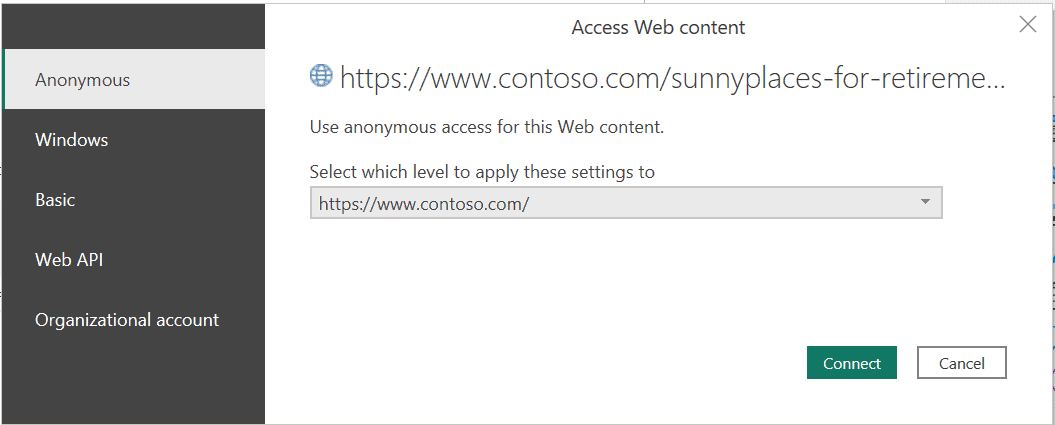
- Choose ‘Load’ to import the table into Power BI or ‘Transform Data’ to make adjustments, if necessary, before loading.
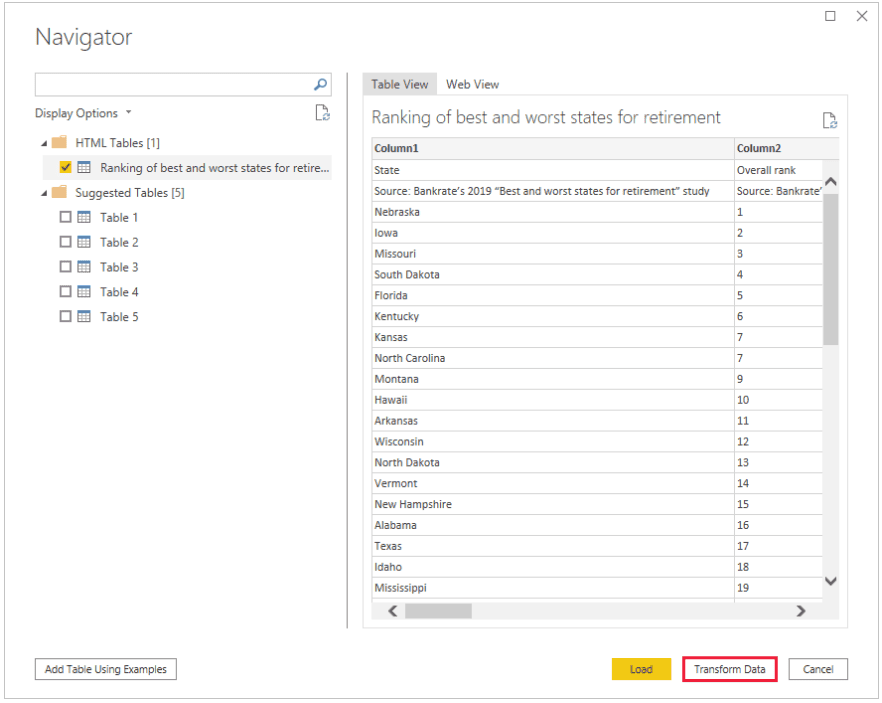
Wrapping up
With these steps, you can easily install and start using Power BI Desktop to analyse and visualise your data.
Power BI’s intuitive interface and powerful features make it a go-to tool for businesses and individuals looking to harness the power of their data.
Explore its capabilities to create compelling reports and gain valuable insights.
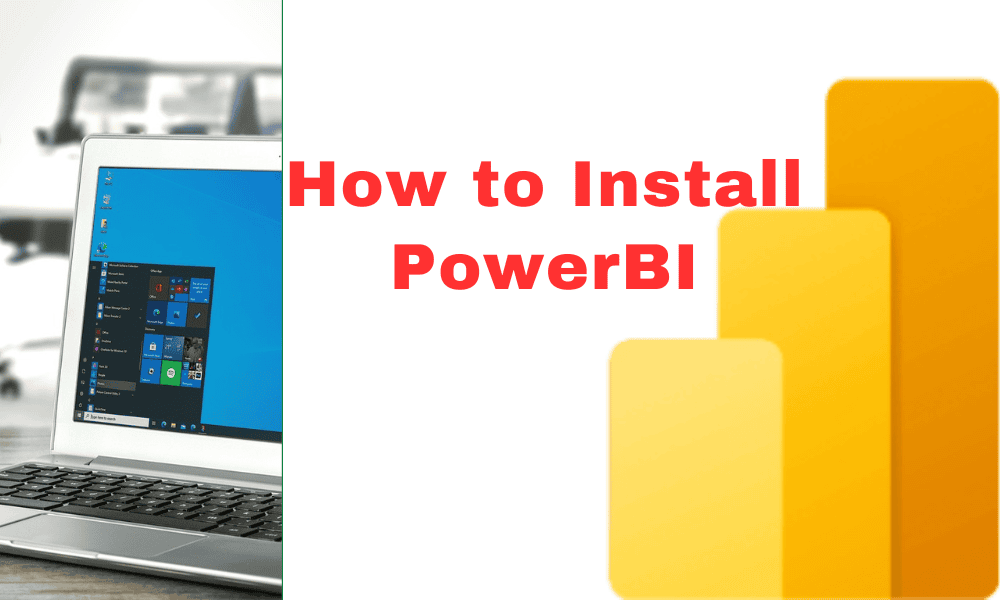


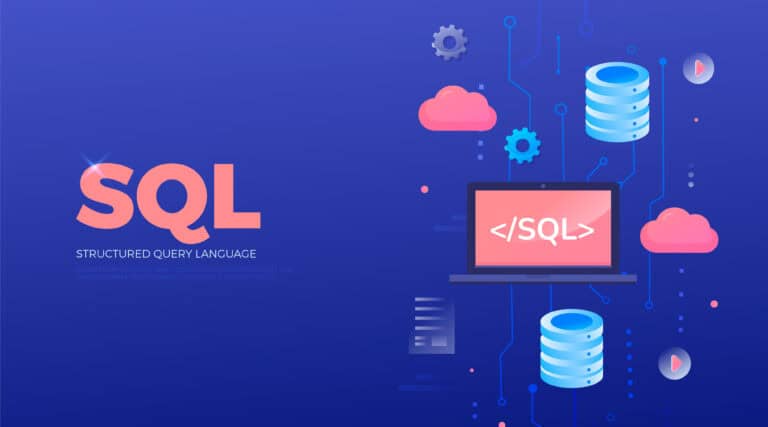

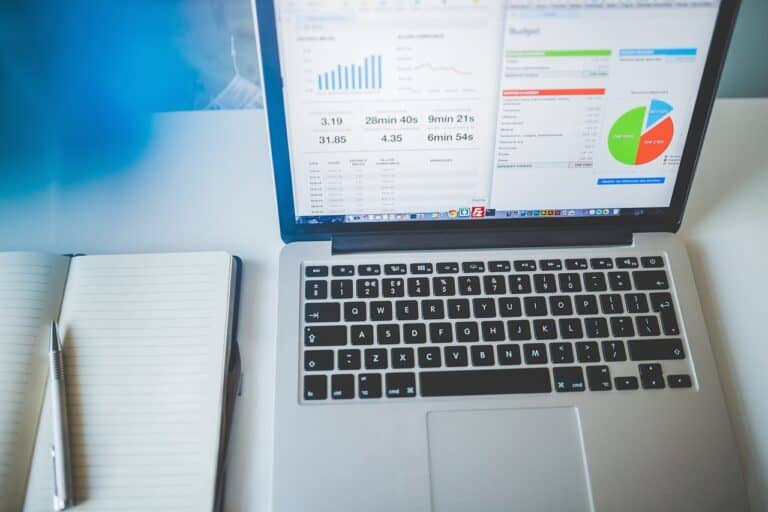

One response
[…] download Microsoft Power BI, please visit their official website: Microsoft Power BI. This article contains procedure on how to install Power […]